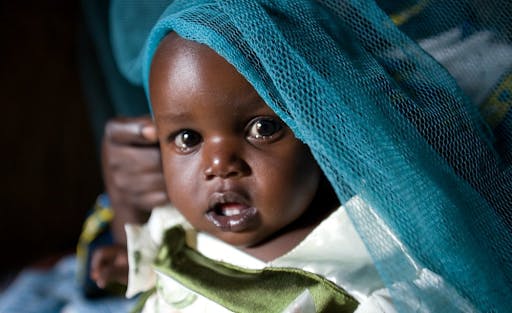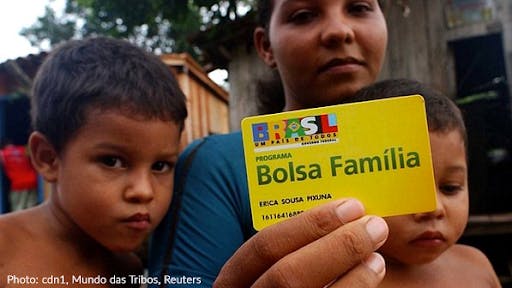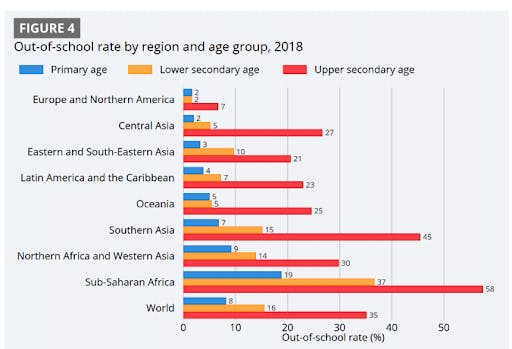Intro
Did you know that the US alone could end global poverty? According to Jeffrey Sachs, one of the leading economic experts on the fight against poverty, it would cost $175 billion per year for 20 years to end poverty. This amounts to just one-fourth of the US military army’s annual budget.
You might want to ask – if there are enough financial resources that could go towards poverty alleviation, why does it remain unresolved? Are there ways to reduce poverty in the world?
The Ethics Of Care…
The difficulty around ending global poverty partially originates from the ethics of care. A distinctive approach to the moral theory, which favors the importance of responsibility, concern, and relationship over consequences or rules. Ethics of care assumes that it’s justified to help people we know personally, but we’re under no obligation to help those we don’t know. Since most of the poor are anonymous to us, we don’t feel the need to help them.
Peter Singer, however, views it differently. He says that we’re in control of ourselves and our own actions and that if we can prevent harm at little cost then we’re ethically obliged to do so. It basically comes down to the cost-benefit analysis. If you knew that it costs $4.59 to buy a mosquito net that would protect a child from dying of malaria, would you contribute that $4.59 to save their life? I certainly hope so!

5 Ways To Reduce Poverty In The World
Since we know it’s feasible to end destitution, it’s time to discuss some solutions to poverty alleviation.
1. Governments have to commit to poverty alleviation
Governments of the developing economies should prioritize lifting their citizens out of extreme poverty. Some states already set up initiatives focused on poverty reduction. For instance, in 2003, the Brazilian government introduced the Bolsa Familia program, which transfers cash directly to poor households. The idea behind it is to trust poor families with regular small money transfers in exchange for educating their children and attending preventative health care visits. What’s the result? Extreme poverty cut by half, increased school attendance, and reduced child mortality.

Brazil isn’t the only example worth mentioning. The Algerian government has also taken steps towards improving its population’s living conditions and reducing territorial inequalities. They have introduced housing projects to enable access to water and sanitation. Their social security system has benefited 85% of the population.
2. Support charities who fight poverty
Another way to reduce poverty in the world is to financially contribute to charities who fight poverty, and there are plenty of them! Here are just a few that we recommend supporting:
Against Malaria Foundation – a UK based charity, which distributes insecticidal nets to populations living in malaria-prone areas. As of April 2019, they raised $197 to help prevent malaria deaths.
D-Rev – a non-profit product development company based in San Francisco that designs and delivers world-class, affordable health technologies such as polycentric prosthetic knees for above-the-knee amputees.
Evidence Action – a global non-profit organization, focused on scaling evidence-based and cost-effective programs aimed at reducing world poverty.
Schistosomiasis Control Initiative – headquartered in London, cooperates with governments in sub-Saharan Africa to create sustainable programs to fight parasitic worm infections.
Give Directly – operates in East Africa and helps extremely poor families by making unconditional cash transfers via mobile phones. They primarily help the poor in Kenya, Uganda, and Rwanda.
3. Improving health
Poor health is both the cause and consequence of poverty. Destitution negatively impacts people’s health as it forces them to live in an environment without access to clean water, sanitation, and nutritious food. There is a direct relationship between health improvements and poverty reduction, human development, and economic growth. People who’re ill are unable to work, and as a result, to provide for their families, which drives them further into poverty.
The high cost of healthcare prevents the poor from seeking medical help. This problem is being addressed by governments in Thailand and Indonesia, who offer public health insurance to those in need without requesting any co-payments. Similar initiatives should be introduced in other developing countries to offer the poor better access to healthcare.
4. Increasing access to education
Another poverty solution is to improve access to education. According to UNESCO, if all students from developing countries had at least basic reading abilities, then an estimated 171 million people could be lifted from extreme poverty. Pushing it a little further – if we ensured that all adults had secondary education, then we could reduce the poverty rate by 50%.
Sub-Saharan Africa is mostly affected by this situation, with the highest out-of-school rates (31.2%) among all age groups. One way of improving education access is through building more schools in rural areas. It is something that the Shule Foundation does – they build high-quality schools in rural villages across Africa. Whatever money is left from the “building” budget, goes towards scholarships for underprivileged students.

Summary
Eradicating poverty remains the top priority for many countries globally and there are many ways to reduce poverty in the world. However, in order for these poverty solutions to be effective, it is absolutely crucial that citizens, charities, and governments work together.
If you want to personally contribute towards poverty alleviation, then you can do it instantly by installing Altruisto. Doing good is often simpler than you think.